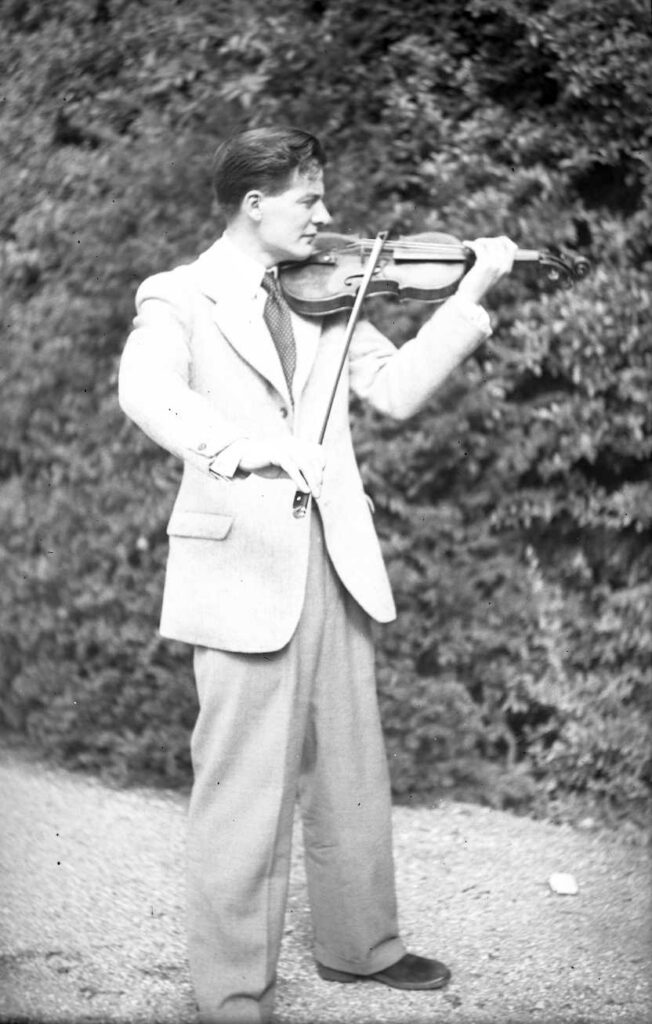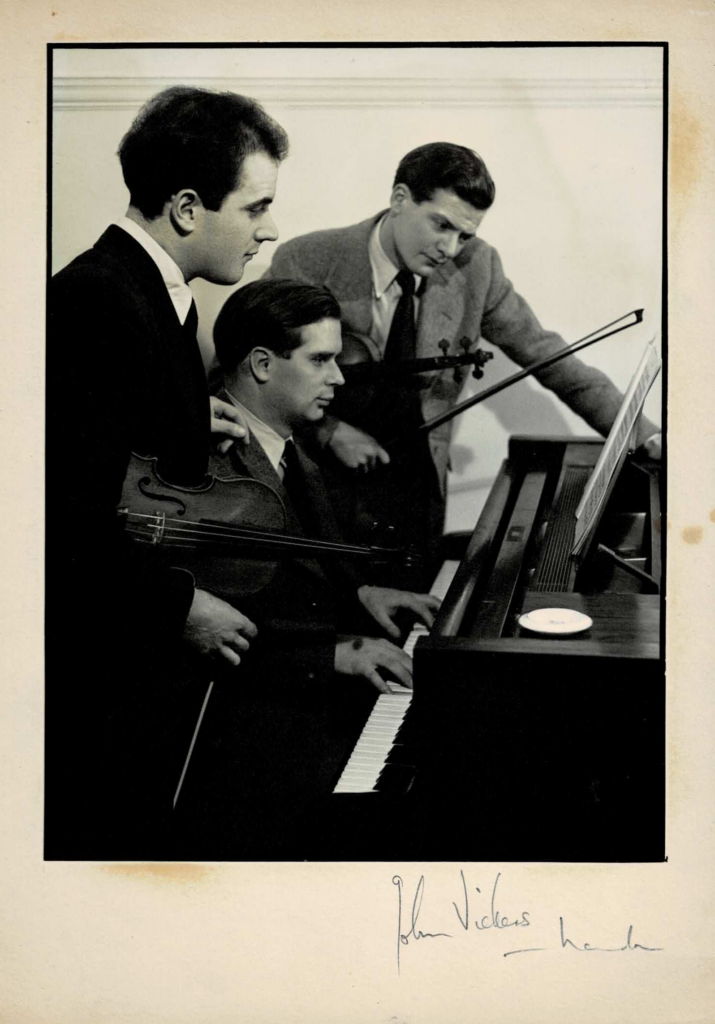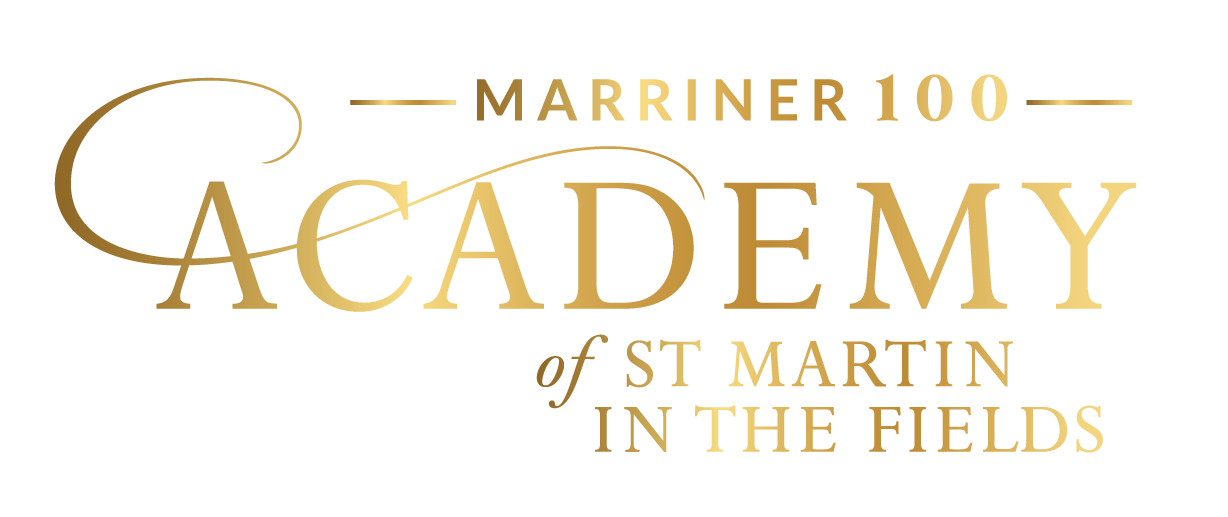Learning on the Job
It was while recovering from injuries sustained on campaign in France that Marriner found himself in a hospital bed next to Thurston ‘Bob’ Dart, a mathematician by training. Conversation soon turned to music, Dart’s abiding passion. (The pair would go on to collaborate as chamber musicians in the Jacobean Ensemble and later in Marriner’s first recording, for Philips, of Bach’s Brandenburg Concertos). On returning to the RCM, the young violinist began to engage in freelance orchestral work as well as winning the prestigious Tagore Medal in 1945, his final year. A year’s study in Paris was followed by a year teaching violin at Eton College: “….discovering that the pubic schools are hardly the cradle of the arts in this country” (as he pointedly remarked in an interview in 1972).

During the 1950s, Marriner gained a wealth of orchestral experience under the likes of Furtwangler, Toscanini and Karajan. With Alan Loveday and Antony Hopkins, friends from RCM days, he formed a piano trio; and for some years was 2nd violin in the Martin String Quartet. By 1956, married with two small children, his appointment to lead the 2nd violins of the London Symphony Orchestra provided financial security and further valuable experience under Krips, Szell, Dorati and – of most lasting value – veteran French maestro Pierre Monteux.

